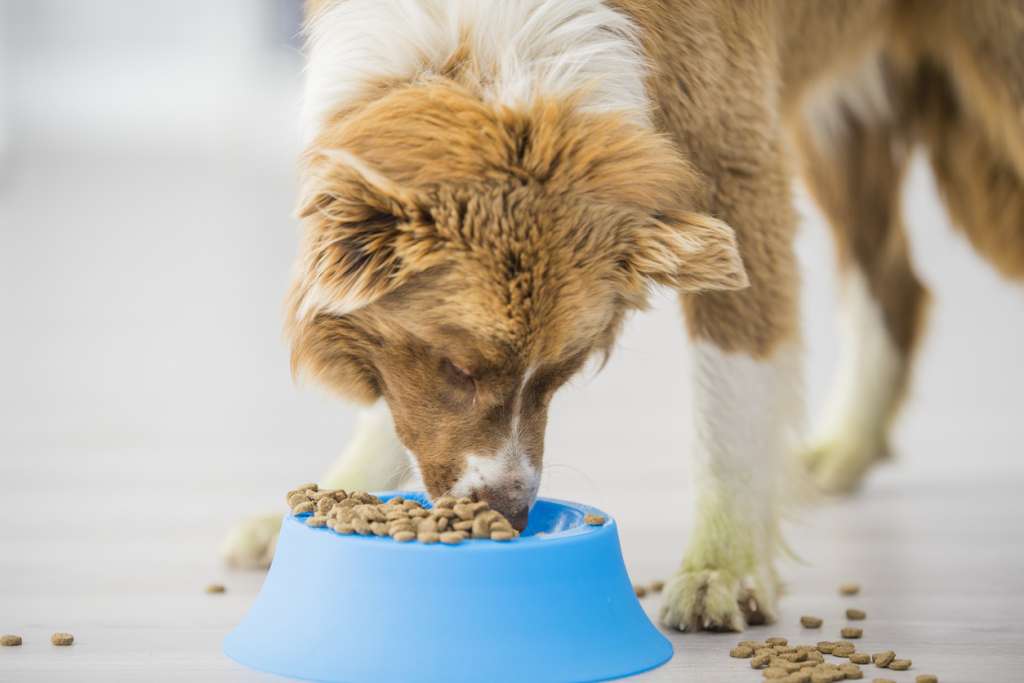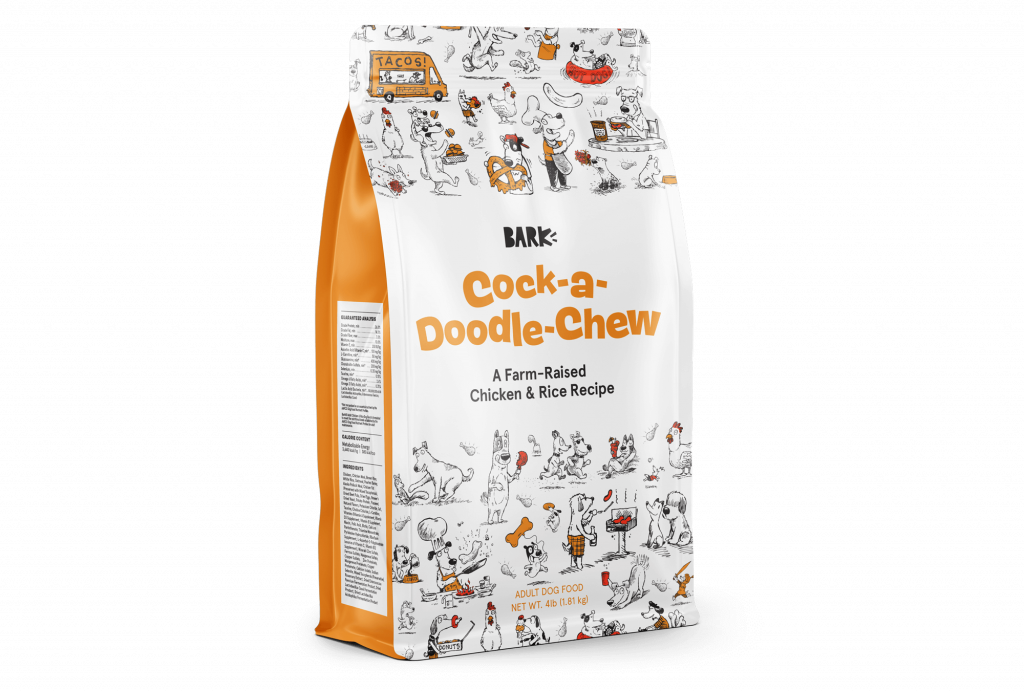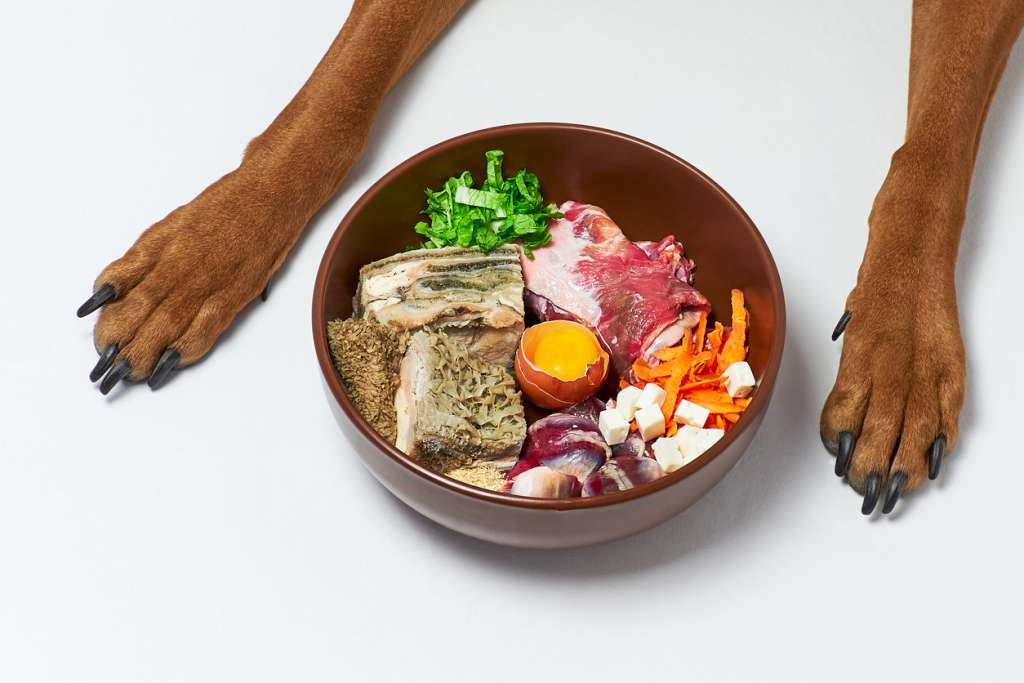The wealth of information now available across the internet to pup parents can be both wonderful and overwhelming. The more polarized the views are on a topic, the more confusing and slanted each article can be—leaving the savvy dog parent wondering who they can trust. This is especially true in the world of dog food. We’re here to clear things up about some of the most confusing topics!
What Is AAFCO, And Is It Trustworthy?
AAFCO stands for the Association of American Feed Control Officials—a non-profit organization that helps create uniform standards and laws for pet food and animal feed throughout the United States. If you’ve ever looked closely at the label on your dog’s food and treats, you may have noticed the AAFCO logo in fine print.


Originally, the goal of AAFCO was to keep food products moving between states without any issues over regulations. Over the years, it has expanded to help create food standards, define terms for ingredients on a label, and draft policies to enforce these standards. This group does not test any foods, nor do they have the authority to enforce any of the standards, or approve, certify, or endorse any pet foods. The implementation and enforcement of the rules is handled by each state, depending on that state’s version of the law.
This AAFCO logo is on your dog’s food as a testament that the company who manufacturers your dog’s meals followed the standards developed by AAFCO. These standards are in place to make sure your dog’s basic nutritional needs are met (but not exceeded) by their food. For you as a pet parent, the AAFCO statement helps you understand what type of animal, breed, size, or life stage a certain food is meant for. In other words, AAFCO is the organization helping label your dog’s food as puppy food, adult food, senior dog food, all life stages, small breed food, giant breed food, etc. according to the nutrition that will best fit their needs.




For more information about AAFCO and its standards, visit www.aafco.org.
Are Grains & Carbs In Dog Food Helpful Or Harmful?
The confusion over this topic has been plaguing pet parents in the last few years. First, grains in dog food came under attack and gained a bad reputation for being a cheap filler ingredient with little to no nutritional value. Later, pet parents were being told that there’s a correlation between grain-free diets and the development of Dilated Cardiomyopathy (DCM) in dogs. So, is the bad reputation of grains really justified, and where does the truth lie?
Are Grains A Quality Ingredient?
While it’s true that grains are more affordable than meat in terms of the energy your dog gets from either ingredient per dollar spent, saying that grains have no nutritional value is far from true. Grains are not only an excellent source of fiber and protein in a diet, but they’re also a highly concentrated form of energy. Additionally, dogs are omnivores, meaning they eat both meat and plant material as part of a balanced diet. Grains are an important part of that.


Does It Matter Where Grains Fall In The Ingredient List On Dog Food?
Another point of contention on the subject of grains vs. proteins has been concern about the order of ingredients listed on packaging. In recent years, dog parents have been told that meat listed as the first ingredient is a good indicator for a quality food, but this isn’t necessarily true. Pet food labels list ingredients on a dry matter basis, which means that the ingredients are listed in order according to their weight.
Since grains are very low in moisture, relative to meat, they often come first on the label. Some form of grain or carbohydrate should be expected as one of the first few ingredients on your dog’s food label in most balanced and complete diets1. Here’s an example of an ingredient list for BARK’s Cock-A-Doodle-Chew Chicken & Brown Rice recipe—tap the plus sign on site to open.


What You Should Know About Grain-Free Diets & Dilated Cardiomyopathy (DCM)
Grain-free dog food diets have gotten a lot of attention in recent years on the heels of learning about the benefits many people gain when they reduce or eliminate their grain consumption. (Note: We are talking about completely “grain-free” here, not “gluten free.”) This is when you saw the explosion of grain-free pet food diets arrive on the market.
However, once these grain-free diets gained popularity, veterinarians and researchers began to notice a correlation between grain-free diets and dogs who began to develop Dilated Cardiomyopathy (DCM). DCM is a heart condition that weakens the heart’s ability to move blood throughout the body normally, and can lead to heart failure, which is fatal. The cause of this connection is still under investigation by the FDA and is not yet determined. Researchers are still trying to determine if it’s the “grain-free”-ness of the diet causing issues, or something else about the recipe. So, unless your dog’s health requires a grain-free diet, a grain-inclusive diet is a safer, more ideal option until we learn more.


What If Your Dog Is Allergic To Grains?
There are a small number of pups that truly cannot tolerate grains in any substantial amount in their diet. These individuals often only do well on grain-free diets, but most dogs do not need a grain-free diet. If your dog has an allergy or intolerance to a certain ingredient—such as grains—obviously, that food should be avoided for that individual.
But that does not translate to that ingredient being bad for all dogs. Just like most food groups, balance is the key. For those dogs who truly require a grain-free diet, it’s best to discuss this with your veterinarian. They can help guide you toward appropriate options formulated by qualified nutritionists.
Click here to learn more about the ongoing FDA investigations into DCM and grain-free diets.
What Are “By-Products” & Are They Safe For Your Dog?
This term just sounds yucky. It’s not something on an ingredient list that makes you think “Yum!” But what exactly is a “by-product?” Meat by-products, as defined by AAFCO, are “the non-rendered, clean parts, other than meat, derived from slaughtered mammals. It includes, but is not limited to, lungs, spleen, kidneys, brain, livers, blood, bone, partially de-fatted low temperature fatty tissue, and stomachs and intestines freed of their contents. It does not include hair, horns, teeth and hoofs”2. By-products also never include intestinal contents (a.k.a. poop) that could harm your pup2.


While kidney, liver, and bone don’t sound particularly appetizing to a lot of Americans, they are actually nutrient-dense ingredients that, in many parts of the world, are a regular part of people’s diets. In reality, they are just the extra bits we tend to throw away from a whole chicken or turkey that dogs love to fish out of the trash. They’re also the parts of prey often consumed first by non-domesticated carnivores and omnivores because of their nutrients. As a part of dog food, they can be a valuable source of protein, fat, and minerals. As a bonus, most pets find these ingredients very tasty!
What’s The Truth About Raw Food Dog Diets?
Oh my! This topic tends to open a can of worms (raw ones!). Generally, raw food diets—meaning feeding uncooked meat products—are not widely recommended or supported in the veterinary community. There are certainly stories of dogs’ miraculous improvement on raw diets, however, the data does not support improvements in health or wellbeing on these diets as a consistent outcome.


Related Article: Is It Safe To Feed Your Dog A Raw Diet?
Although future studies may yet find some benefits, we have to work with the evidence available today. What we know right now is that the health risks that come with a dog eating a raw food diet, or to anyone coming into contact with their food, can be substantial. With little to no evidence of benefit, yet a very significant amount of evidence about its risks, feeding raw diets is not a common recommendation in the veterinary community.
Colleen Ferriman, DVM, is a canine and feline health, wellness, and illness management advocate. She has a combined 10 years of experience in clinical medicine, education, and educational content development. Colleen graduated from Colorado State University as a Doctor of Veterinary Medicine, has worked as a general practitioner, and has contributed to the development of veterinary educational tools. She is also a member of the American Veterinary Medical Association and American Academy of Veterinary Pharmacology and Therapeutics.
Sources
1Perea SC: Nutritional Myths & Fallacies: Talking to an Owner. ACVIM 2010. https://www.vin.com/doc/?id=4504467.
2“Frequently Asked Questions.” AAFCO, https://www.aafco.org/consumers/understanding-pet-food/frequently-asked-questions/.







